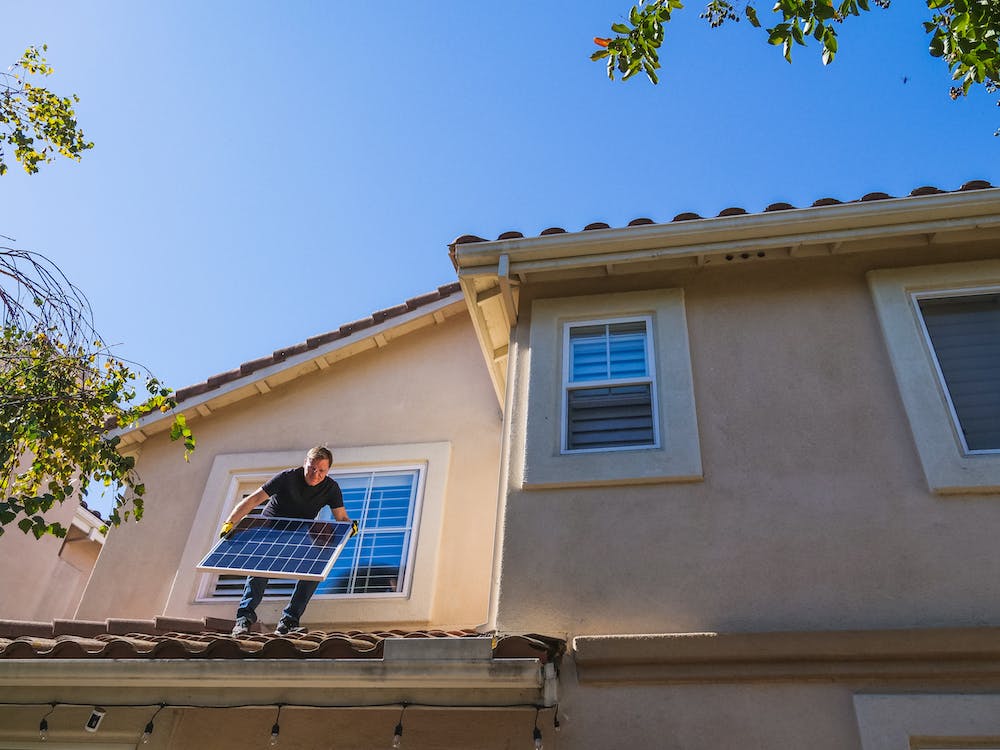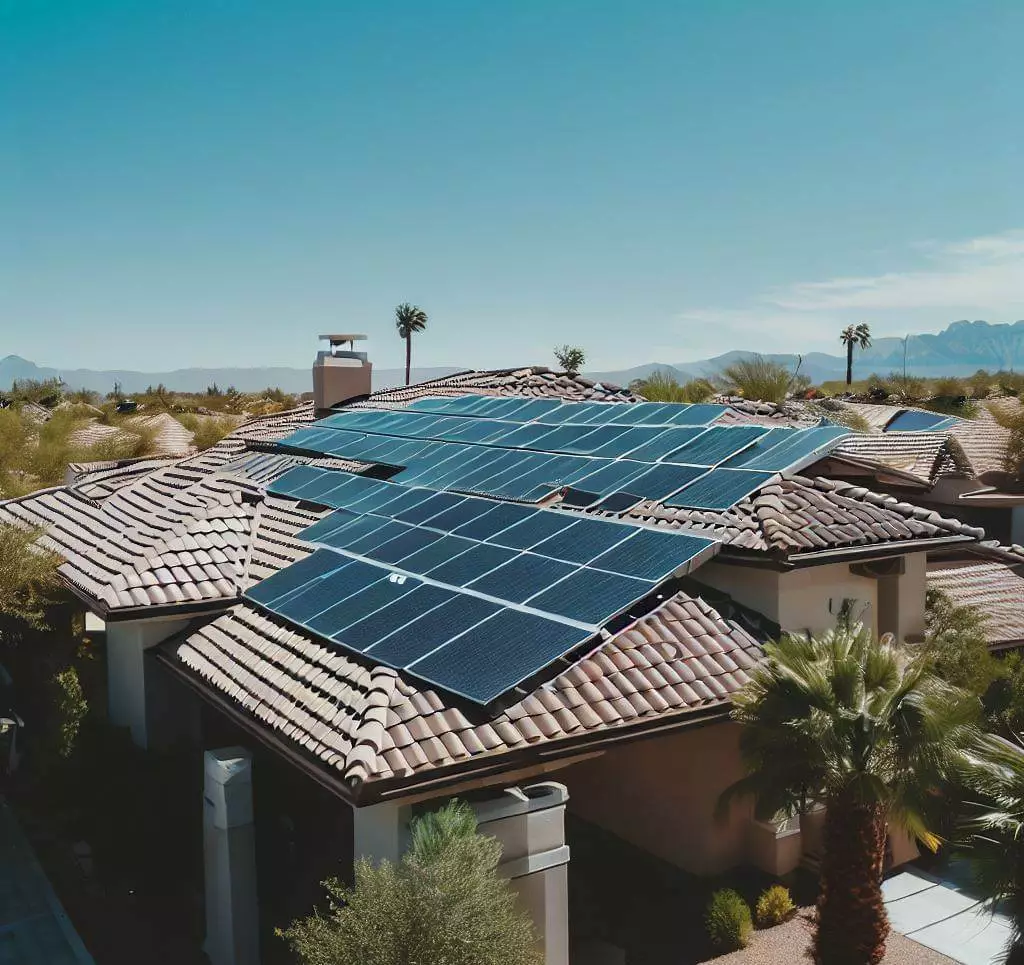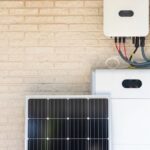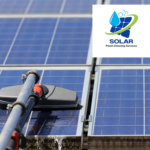How to Use Solar Panels to Charge Your Batteries
Solar power has dramatically evolved in recent years, becoming a key player in sustainable energy solutions. Today, many homeowners and enthusiasts are looking to tap into this renewable energy source, not only to decrease their carbon footprint but also to reduce costs. One common application of solar panels is to charge batteries, which can then be used for various purposes from powering household appliances to ensuring a consistent energy supply during cloudy days. In this guide, we will explore how you can effectively use solar panels to charge your batteries.
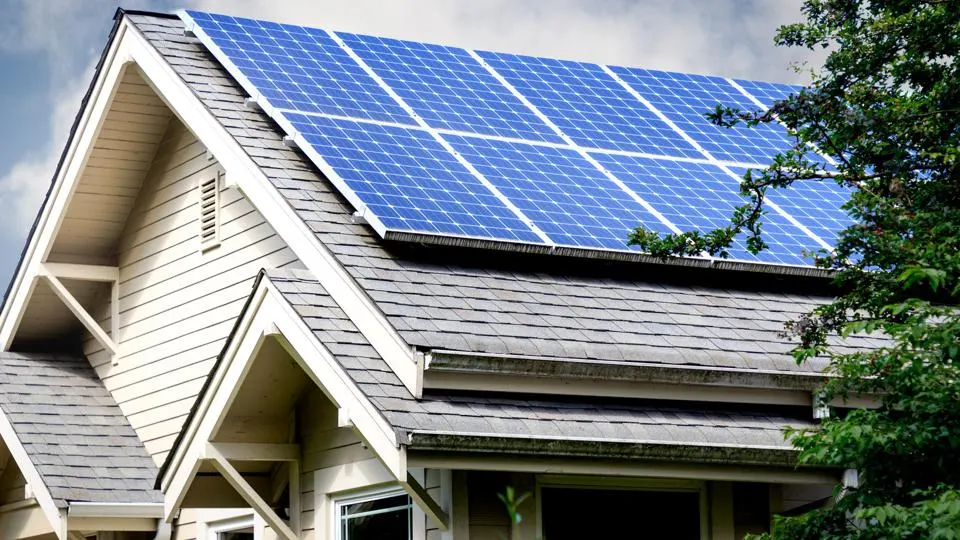
Content
Why Use Solar Panels?
Before diving into the “how,” let’s understand the “why.” Solar panels are devices that convert sunlight into electricity. They do this by using cells made from semiconductor materials, which generate an electrical current when exposed to sunlight. This electricity can then be stored in batteries for future use. Here are some benefits:
- Sustainability: Solar panels rely on the sun, a renewable energy source.
- Cost Savings: Once set up, the operational costs are minimal, and they can even lead to long-term savings on your electricity bills.
- Environmental Impact: Solar energy doesn’t release harmful emissions, making it an environmentally-friendly choice.
Step-by-Step: Charging Batteries with Solar Panels
- Choosing the Right Panel: The first step is to select a solar panel that suits your needs. Factors to consider include the amount of sunlight your location receives and the total energy you aim to store.
- Selecting the Appropriate Battery: Different batteries have varied storage capacities and lifespans. Depending on your energy requirements, you’ll want to pick a battery that can store the amount of solar energy you plan to harness.
- Set Up a Charge Controller: This is an essential device that prevents your batteries from overcharging. It regulates the voltage and current coming from the solar panels, ensuring the batteries charge safely.
- Connect Everything: Hook up the solar panels to the charge controller, which should then be connected to your batteries. Make sure all connections are secure to ensure efficient energy transfer.
- Monitor and Maintain: Regularly inspect your setup. Clean your solar panels and check battery levels to ensure optimal performance.
For those looking to make the most out of their battery lifespan and performance, considering battery reconditioning might be an excellent approach. If you’ve ever wondered about ez battery reconditioning and if it’s genuinely effective, I found a detailed review on the topic that provides a deep dive into the method and its benefits.
Incorporating solar energy into our daily lives isn’t just about saving on electricity bills. It’s also about taking steps towards a greener future. And while we’re on the topic of sustainability, have you ever considered transforming your living space? If you’re intrigued, here is a guide on converting your home into an eco-friendly paradise.
Moreover, if you’re interested in further diving into sustainable business concepts beyond solar panels, you might want to read about 5 business ideas revolutionizing sustainable energy.
In conclusion, as the world leans towards more sustainable energy sources, understanding and incorporating solar panels into our lives can play a significant role. Whether you’re charging batteries or powering your entire home, solar energy offers a promising future for us all.
The Potential of Solar Energy in a Modern World
In recent years, we’ve observed a monumental shift towards renewable energy sources. Solar energy, in particular, stands out due to its abundance and universal accessibility. Not only is it environmentally friendly, but it’s also highly efficient and customizable to fit the unique needs of households and businesses alike. Moreover, advancements in technology have made solar panels more affordable, efficient, and accessible to the average consumer, revolutionizing the way we view and use energy.
Battery Storage: The Key to Consistent Solar Energy
While the sun is a consistent source of energy on a cosmic scale, on a daily basis, it is subject to fluctuations due to weather and time of day. This is where the importance of battery storage comes into play. Batteries ensure that the energy harvested on sunny days can be stored and utilized during nights or cloudy days. Modern batteries designed for solar storage have evolved in terms of efficiency and storage capacity, making them a reliable component in a solar energy setup. Furthermore, as battery technology continues to advance, we can expect even greater storage capacities and longer lifespans, further enhancing the feasibility of solar energy as a primary power source.
Beyond Savings: The Broader Benefits of Solar Energy
While the immediate monetary benefits of solar energy are often emphasized – and for good reason – there’s a broader, global impact worth considering. By transitioning to solar energy, we’re not just cutting down on our personal energy costs, but also reducing the strain on non-renewable resources. This shift has the potential to curb the detrimental environmental effects associated with traditional energy sources, such as air and water pollution, habitat destruction, and the emission of greenhouse gases. By adopting solar energy, we’re not only securing a sustainable future for ourselves but also for countless generations to come.

I am Scott Miller and my love is writing about home improvement. I write mostly about home ideas, but also share some tips and tricks that can make your life easier when it comes to getting things done in the house.


